The Last of Us Part II (2020)
Directed by: Neil Druckmann
Written by: Halley Gross, Neil Druckmann
Starring: Ashley Johnson, Derek Phillips, Laura Bailey, Troy Baker
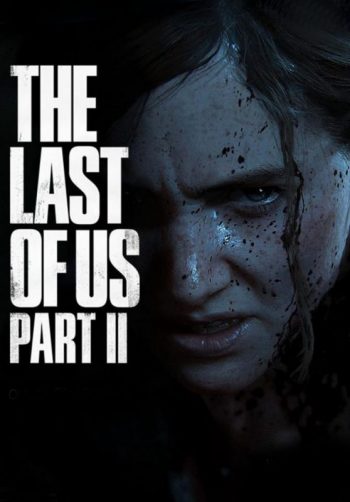
THE LAST OF US PART 2
In my eight years of writing for HorrorCultFilms, this is the first time I’ve ever covered a videogame. I’ve done numerous film features, written about art displays, theatre productions and even a couple of escape rooms. Yet I’ve never bothered with one of these because I’m not much of a gamer. At least I’m not to the extent my colleagues Bat, Juan and Ckeegan are – I maybe play half a dozen a year, and most of them are just me driving around an open world doing nothing. However, I was first to finish The Last of Us Part II, after it kept me up well into the morning for four nights in a row, clocking in around 25 hours. I just needed to know what the heck would happen next! On that point, I’m going to be intentionally vague about the story – sticking to the spirit of the embargo Naughty Dog gave its first round of reviewers. I didn’t know a lot going in, so neither should you. Though spoilers are all over social media so, like the survivors in this, tread lightly.
We start with an older, gruffer Joel ruminating on his big decision at the end of the first game, which tested the Kantian imperative of never using someone as a means to an end. For me, he did the wrong thing for the right reason. If you haven’t played it, then it fills in the blanks quite efficiently. Still, I’d implore you to stop reading this and go buy the remastered edition – now, while it’s going cheap. You can jump in here, but seeing how he and the teenage Ellie live won’t have the same impact – it’d be more like coming in part of the way through The Walking Dead than starting on Dawn of the Dead. Anyway, they have been staying at a settlement in Jackson: at once rundown Americana, as well as a surprisingly warm alternative to the unforgiving wilderness around it. We play as each (though Ellie is our lead) as they secure the perimeters, hunting down and killing members of the infected. Then, an unexpected act of violence occurs that takes us from the relative comforts of their fenced-off town to the streets of Seattle. The lush plant life has taken over, the old landmarks are fraught with danger, and the locals have joined rival factions: the cultish Scars, and the gun-toting Washington Liberation Front.

In terms of the gameplay, The Last of Us Part II is similar to the first: a linear level design, with players having the option to sneak or shoot their way through large amounts of people or former-people. Thankfully, the controls are improved, with our protagonists handling less like boats, meaning players can move around freely and without too much awkwardness. This is handy given ammo is scarce so at times the best decision is to sprint and hope for the best: this game is tough and better for it. Some of the encounters are scary as hell, with the runners and clickers tending to show up in the darkest parts of the map. Then we have the, thankfully infrequent, stalkers who barely show up on listening mode. But they’re always there, watching and waiting for the right moment to sprint at you and slash your health in half before rushing away. Vanishing back into the shadows from which they came. I don’t mind saying they led to me almost leaping off my sofa numerous times, as well as making me paranoid enough to fire whole clips of bullets at nothing. Once again though, the bulk of the “baddies” are still people, and these bits make for brilliant battles of wits as you both wait for the perfect shot, try flanks or fight for limited cover.
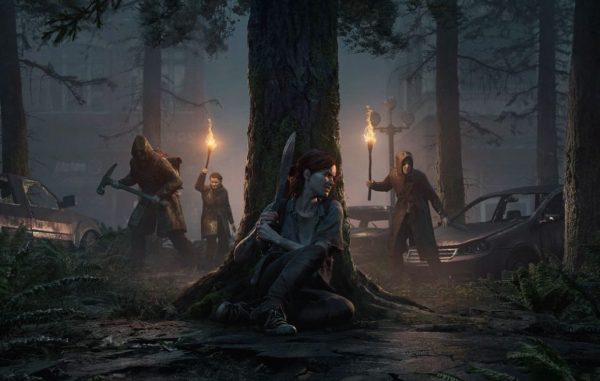
Much of the negative coverage of this game has come from its graphic depictions of violence. Yet while it’s not nice, with lots of stabbing, shooting and choking, it’s hardly stomach-churning stuff. Perhaps watching so many horror flicks has desensitised me, and I may well be understating it here, but aside from the odd doggy death, I don’t think there’s much here that wouldn’t be done on TV. Maybe a big part of this is a hangover from days of old, and people expecting videogames to be fun – which neither entry has been. While The Last of Us franchise is undoubtedly thrilling, with exquisite moments of tension, it’s seldom fun. It’s too matter of fact for that – too brutal. Both games also, thankfully, present it as being either a matter of necessity or, consistent with the characters carrying it out. Hence we don’t have that same tired Red Dead Redemption trope of Arthur’s gravelly voice condemning whatever boisterous hijinks the next level asks him to do.
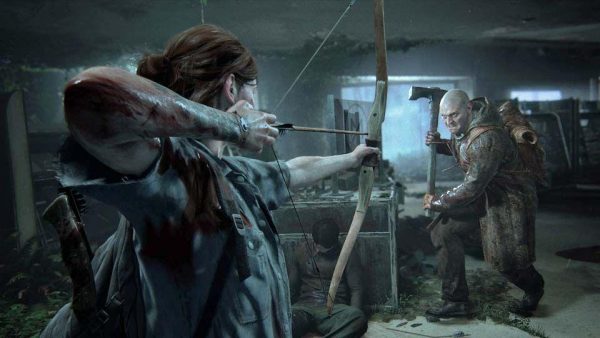
On that point, the characterisation of The Last of Us Part II is exceptional – and I’d say even better than what we get from the first. Admittedly, nothing in it quite matches the original Joel and Ellie arc. Other media may have two people countering each other’s loss by becoming a surrogate family before. Still, the execution went way beyond the kind of streamlined storytelling I’d reasonably expect from a game. The sequel is even more ambitious, telling a layered story about overcoming trauma that finds humanity in all its main characters. Ostensibly, it’s about people who seem unable to learn or grow – forever circling the same drains even when it fucks up their chances at a better life. Hence, you won’t always like the things Ellie and co do, and they may often frustrate and even disappoint you – one bit I even shouted at the TV, wanting someone to ditch their obsession. It all feels right though. This sort of immersion is rare, and I don’t think I’ve ever been so emotionally invested in not doing something, or wanted to fail at a mission. Initially, I wasn’t enamoured by where the plot goes in the second half, as it seems to lack the personal link to what’s come before. Still, chief writer/ director Neil Druckmann knows what he’s doing and weaves together a rich story consisting of thematic links, shared traumas and difficult decisions: remember, everyone is the goody in their own head. It’s ethically complex, consistently putting players in challenging positions. It also pushes you not to be too judgemental, as one person who I hated early on became my favourite by the end credits.
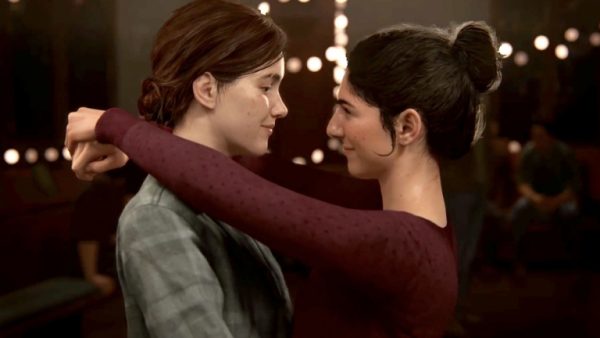
The characters also cover a very wide range of identities – some of which you’ll be seeing in games for the first time. Since the leaks a couple of months ago there’s been some controversy surrounding the game’s LGBTQ representation and racial diversity. Among other aspects, some of the worst people on the Internet are triggered by Ellie being a lesbian – suggesting they never played the expansion pack last time around. Some have been shouting about the alleged involvement with Feminist Frequencies creator Anita Sarkeesian, saying she spoilt a game she isn’t involved with in any way. Others have suggested it’s about pushing a “postmodern” agenda as if the creators are propagating the radical left-wing ideas of 1960s French academics through the unlikely medium of a mainstream game about how shit people on the whole are. As a “debate” it’s tough to treat these issues with much maturity, given one side consists of reactionaries, and entitled gate-keeping: a desire to limit the number of players who get to see people like them. Frankly, I applaud the makers for not only expanding the sorts of representation we see in videogames but developing their characters so well that the most cynical commentator couldn’t call them window-dressing: this is not the Hollywood approach of passive progressivism, and all characters are fleshed out and flawed. The old saying is “get woke, go broke”, but at the time of writing The Last of Us Part II is the fastest-selling first-party PS4 exclusive ever, shifting more than 4 million copies already. An achievement that’s even more impressive when shops aren’t open. Thus folks who are uncomfortable with this game being inclusive will likely be more afraid of future releases than any of the monsters in this one. There is a nuanced discussion to be had about some aspects of the game- narratively, this maybe the boldest I have ever played – people moaning about it being woke betray that their either didn’t play it or are so committed to their prejudice that they didn’t understand it.
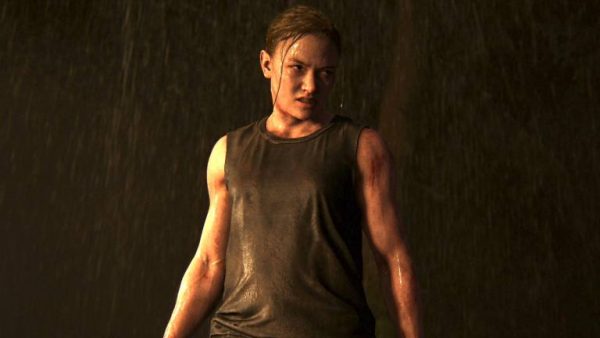
If there is a real problem with The Last of Us Part II, it’s that often the level design seems to take the form of annoyingly placed fences, walls or falls necessitating taking another route. Usually, this isn’t an issue since it allows us more time to get to know the world and can often lead to affecting moments between characters. Still, at times it feels like an artificial way of extending the gameplay without extending the story too. Particularly during the first half, when it seems like players spend a long time going to distant places to learn very little before the next part of the quest. Still, if you were able to look past that in the first game, then there is no reason not to this time around. Mainly as there’s more exploration to be done this time around, and far more off the beaten track: you can find little documents, useful pick-ups or even a bit where Ellie sings an 80s classic. The gameplay itself is a little more varied. Sure, it’s mostly variants of walking/ running between encounters, though there are also quick-time events, heart-warming flashbacks, vehicles and a guns-blazing assault on a village that has gone up in flames.
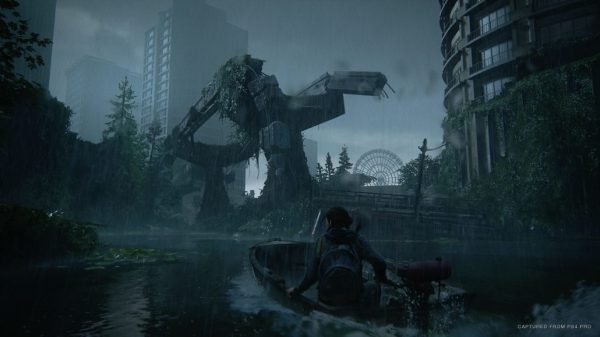
The two halves of the game also feel dead different, with the last 12 hours or so taking players to new sorts of settlements and very different locations. Even when it feels like it’s going on too long, it’s all worth it when something unexpected happens. In that respect, if this game goes into zombie mode at times, it’s always running rather than shuffling. It adds up to a sublime experience that I’d strongly recommend to fans of the first. While it was a case of a fantastic story with repetitive gameplay, this is a better-paced, more exciting, and even sharper written game. A superior sequel and I’ve hopefully not given away too much.
Rating: 








Be the first to comment